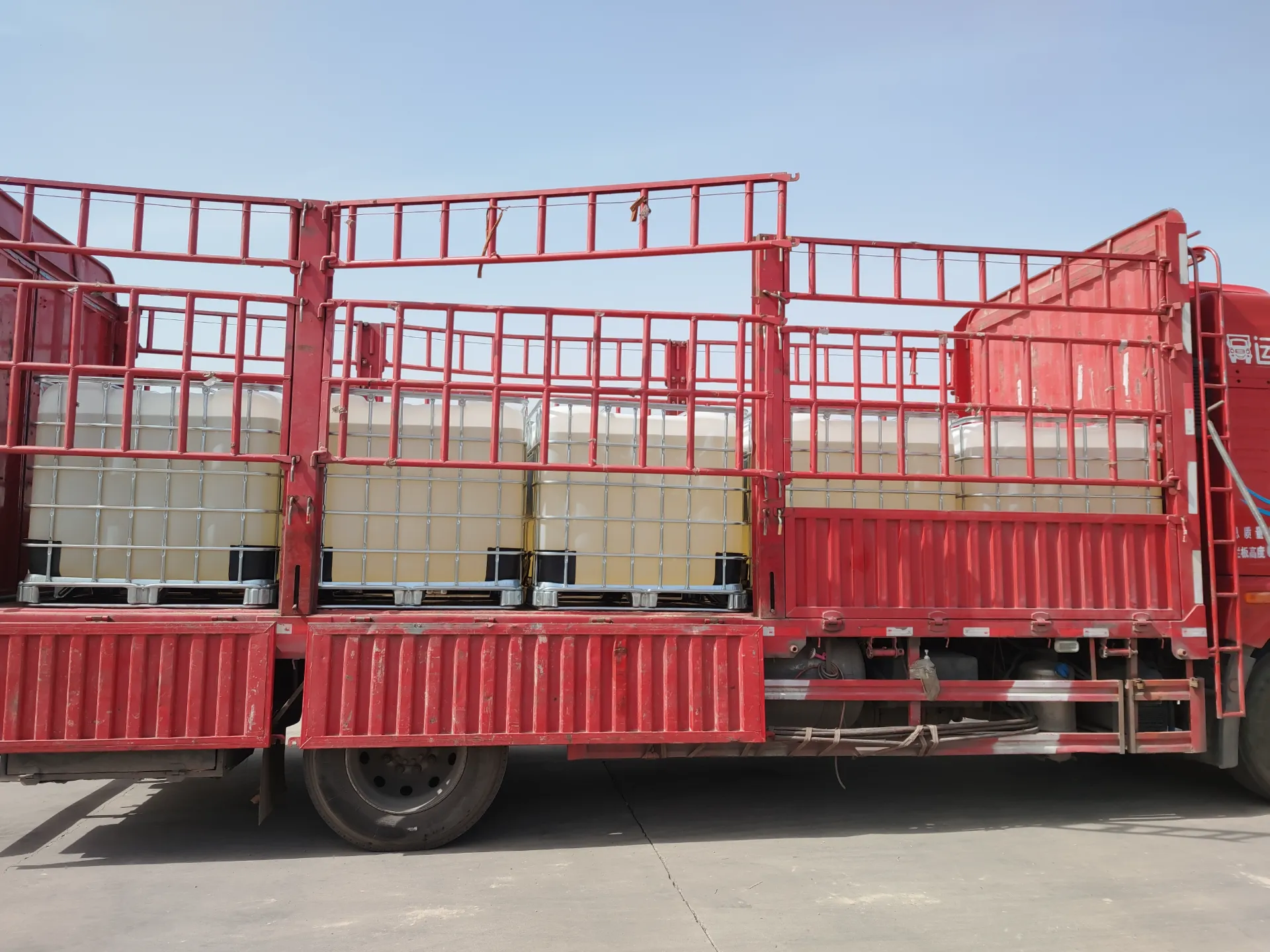- Overview of water treatment plant chemicals
and importance - Market data and technological advancements
- Types of chemicals used in water and sewage treatment plants
- Major suppliers and brand comparison
- Custom chemical solutions and tailored dosing
- Industry application cases and performance stories
- Future trends in water treatment plant chemicals

(water treatment plant chemicals)
Introduction to Water Treatment Plant Chemicals: Purpose and Significance
Effective water treatment is a cornerstone of modern public health and industrial processes. Water treatment plant chemicals are essential for ensuring the removal of contaminants, disinfection, and safeguarding both water supplies and the environment. By utilizing specialized chemicals, plants can achieve targeted removal of impurities, control microbial growth, and manage scaling or corrosion within equipment. This multifaceted approach protects downstream processes, extends infrastructure life, and ensures compliance with increasingly stringent regulatory frameworks. The proper selection and application of these chemicals underpin the reliability of potable water delivery and industrial utilizations worldwide.
Data-Driven Insights and Technological Advancements
The global water treatment chemicals market was valued at approximately USD 35.1 billion in 2021, with projections estimating a compound annual growth rate (CAGR) of 6.5% through 2028. Rising urbanization, growing population, and stricter discharge standards are primary growth drivers. Technological progress in chemical formulation has led to higher efficacy, lower dosages, and reduced environmental footprints. For instance, advanced coagulants now achieve equal turbidity and contaminant removal at up to 30% lower concentrations than traditional equivalents. Similarly, targeted biocides and disinfectants not only improve pathogen removal rates but also minimize byproduct formation, addressing both performance and sustainability targets within the sector.
Main Water Treatment Plant Chemicals Used in Various Applications
Water and sewage treatment plants utilize a variety of chemicals, each serving a distinct role in the purification process. Primary chemicals include coagulants such as aluminum sulfate and ferric chloride to destabilize suspended particles. Flocculants like polyacrylamides facilitate aggregation and subsequent removal. Disinfectants—primarily chlorine, sodium hypochlorite, and increasingly, chlorine dioxide—ensure elimination of pathogens. For advanced purification, oxidizing agents such as hydrogen peroxide and ozone address organic and inorganic contaminants. In sewage treatment, chemicals such as lime and polymers are widely used to enhance sludge dewatering and solids separation. Table 1 offers a breakdown of prevalent chemicals and their typical functions:
| Chemical Type | Common Compounds | Main Application | Typical Dosage (mg/L) |
|---|---|---|---|
| Coagulants | Alum, Ferric Chloride | Suspended solids removal | 10-50 |
| Flocculants | Polyacrylamides | Particle aggregation | 0.1-5 |
| Disinfectants | Chlorine, UV, Ozone | Pathogen control | 0.5-3 |
| pH Adjusters | Lime, Caustic Soda | pH optimization | 5-50 |
| Corrosion Inhibitors | Phosphates, Silicates | Piping protection | 1-10 |
The chosen chemical types and their dosages depend strongly on both incoming water quality and the desired treated water specifications.
Supplier Benchmarking: Leading Brands and Performance Comparison
The chemical supply landscape for water treatment plants is occupied by several leading global and regional manufacturers, including Kemira, Ecolab, BASF, SNF Group, and Solenis. Each vendor differentiates through formulation technology, cost efficiency, regulatory track record, and after-sales technical support. The table below compares critical performance metrics for their primary water & sewage treatment plant chemicals:
| Supplier | Key Advantage | Product Range | Noted Certifications | Customer Service Rating |
|---|---|---|---|---|
| Kemira | High-purity, eco-friendly blends | Coagulants, Flocculants, Disinfectants | ISO 9001, NSF/ANSI 60 | 4.7/5 |
| BASF | Strong R&D, robust supply chain | Polymers, Defoamers, Biocides | ISO 14001 | 4.5/5 |
| Ecolab | Integrated monitoring systems | Disinfectants, Corrosion Inhibitors | NSF/ANSI, REACH | 4.8/5 |
| SNF Group | Comprehensive flocculant lineup | Polyacrylamides, Flocculants | ISO 45001 | 4.6/5 |
| Solenis | Advanced digital dosing | Oxidants, Conditioners | ISO 9001, EcoVadis Gold | 4.4/5 |
This comparative approach enables utilities and industrial operators to match their unique requirements with optimal supplier capabilities, focusing not only on price but full lifecycle value and regulatory confidence.
Customized Water Treatment Solutions: Tailoring Chemical Dosing
Water treatment and sewage treatment plant chemicals used must be selected and dosed according to individual site demands. Custom solutions take into account inflow composition, seasonal variation, regulatory discharge limits, and operational cost targets. Automated dosing systems, coupled with real-time analytics, can reduce reagent consumption by 15–25% compared to manual administration, evidencing both ecological and economic gains. Pilot studies executed with tailored blends have demonstrated a 5–15% improvement in contaminant removal efficiency over standard protocols. These customized strategies are increasingly required as plants handle more complex source water and strive for resource and energy optimization.
Industry Application Cases and Success Stories
A range of water and sewage treatment plants have transformed their performance using advanced chemical programs:
- Case 1: Municipal Water Authority (USA) – Upgrading to advanced coagulant-flocculant packages from two major suppliers resulted in a 20% reduction in total suspended solids and halved annual chemical expenses.
- Case 2: Industrial Effluent Facility (Germany) – Adoption of automated, sensor-driven dosing cut chlorine usage by 30% and achieved continual compliance with stringent European discharge norms.
- Case 3: Large Urban Sewage Plant (Asia) – A custom polymer blend improved sludge dewatering by 18%, directly leading to operational savings and reduced landfill volumes.
Innovations and Future Trends in Water Treatment Plant Chemicals
The role of water treatment plant chemicals is positioned for continued evolution. Next-generation products are shifting towards non-toxic, biodegradable molecules and formulations designed to maximize efficiency at minimal ecological cost. Ongoing digitalization—from intelligent dosing to remote monitoring—allows precise prediction and immediate response to water quality shifts, reducing waste and ensuring compliance. Furthermore, emergent green chemistry practices are expected to drive regulatory changes, with over 40% of utilities in developed markets projected to transition to low-impact chemicals within a decade. The integration of these advancements will profoundly impact the sustainability and safety profiles of water and sewage treatment operations globally.

(water treatment plant chemicals)

